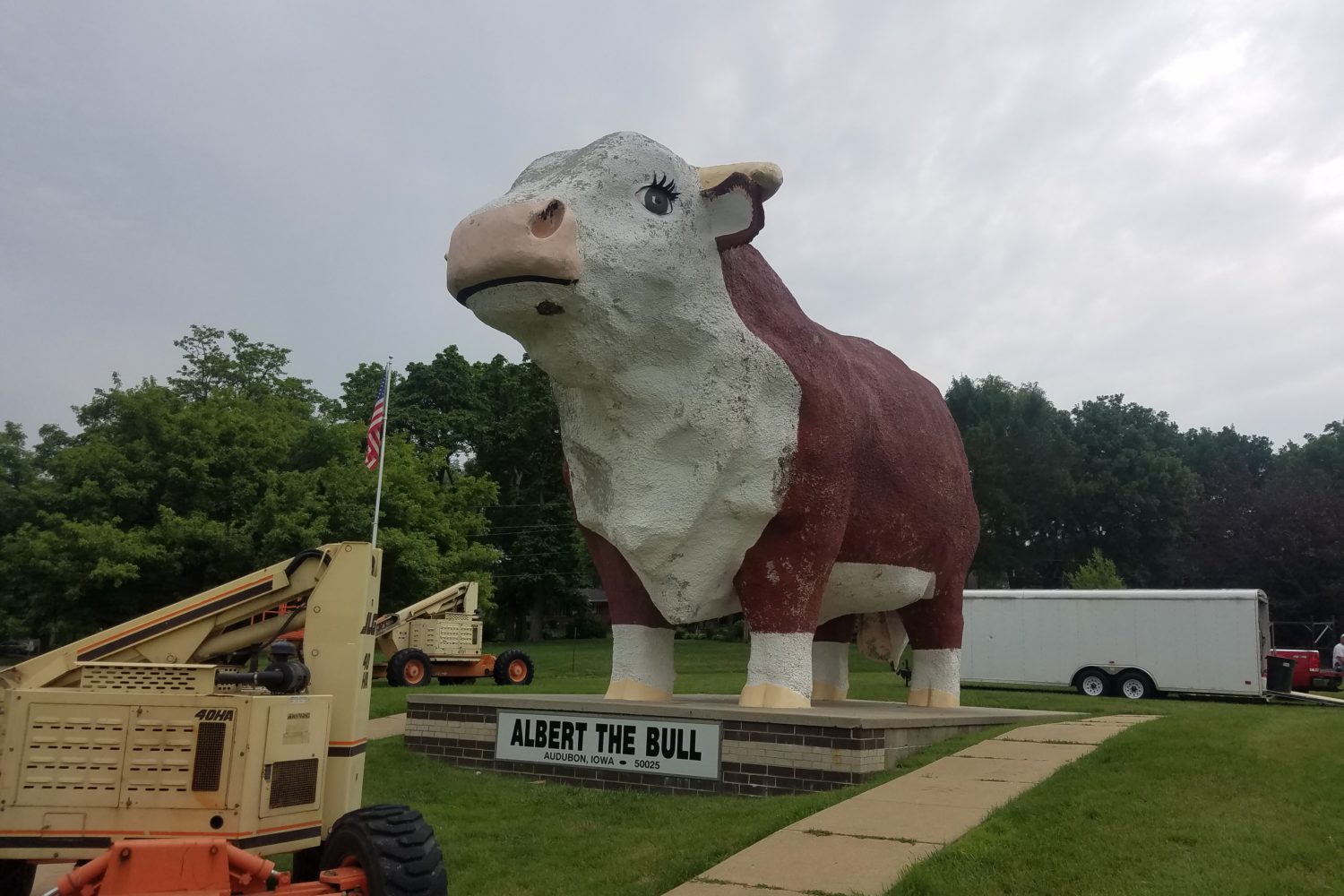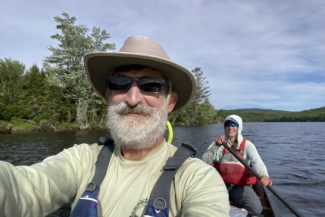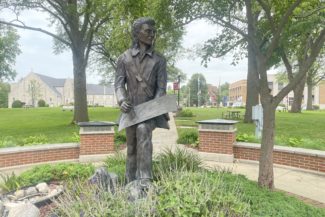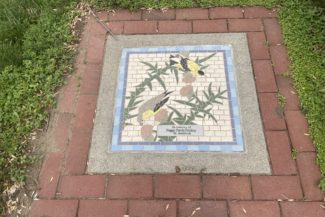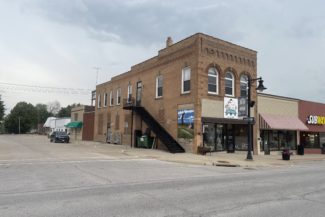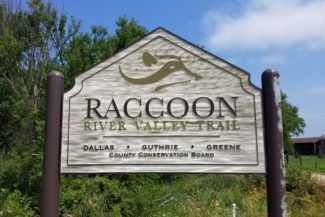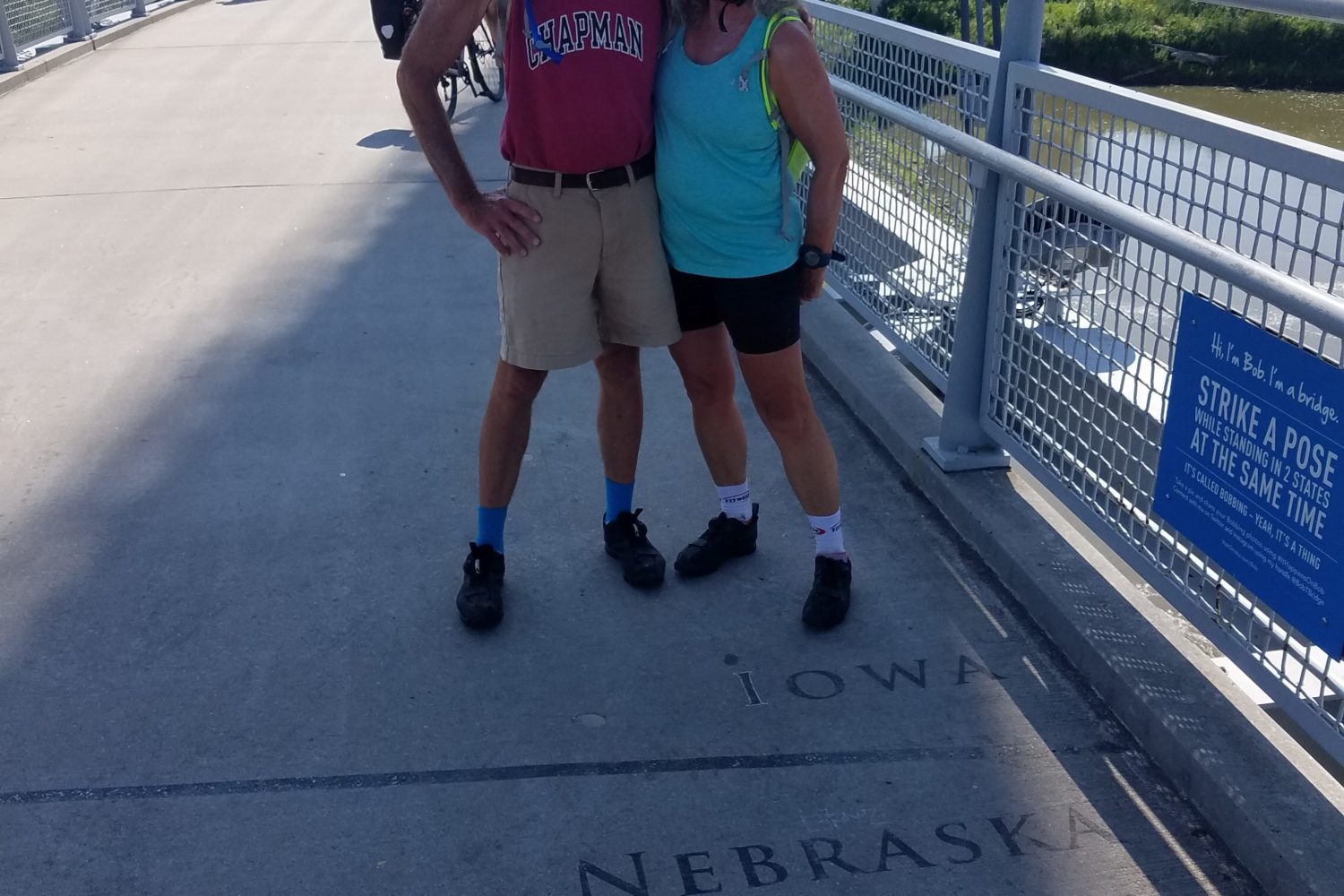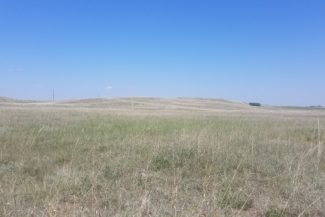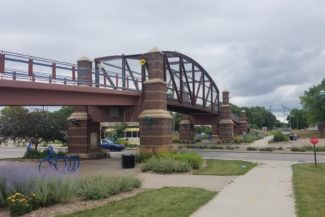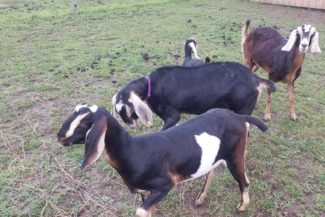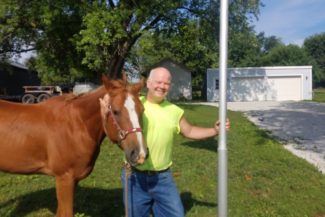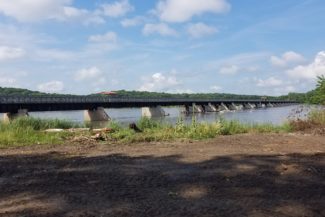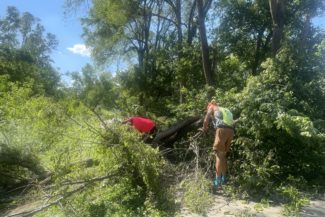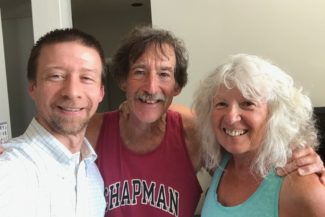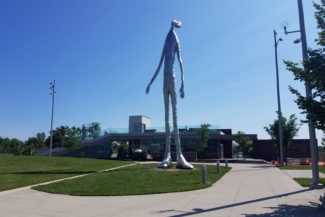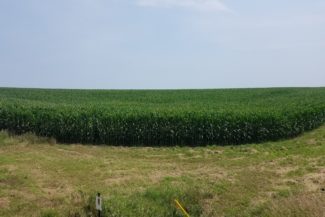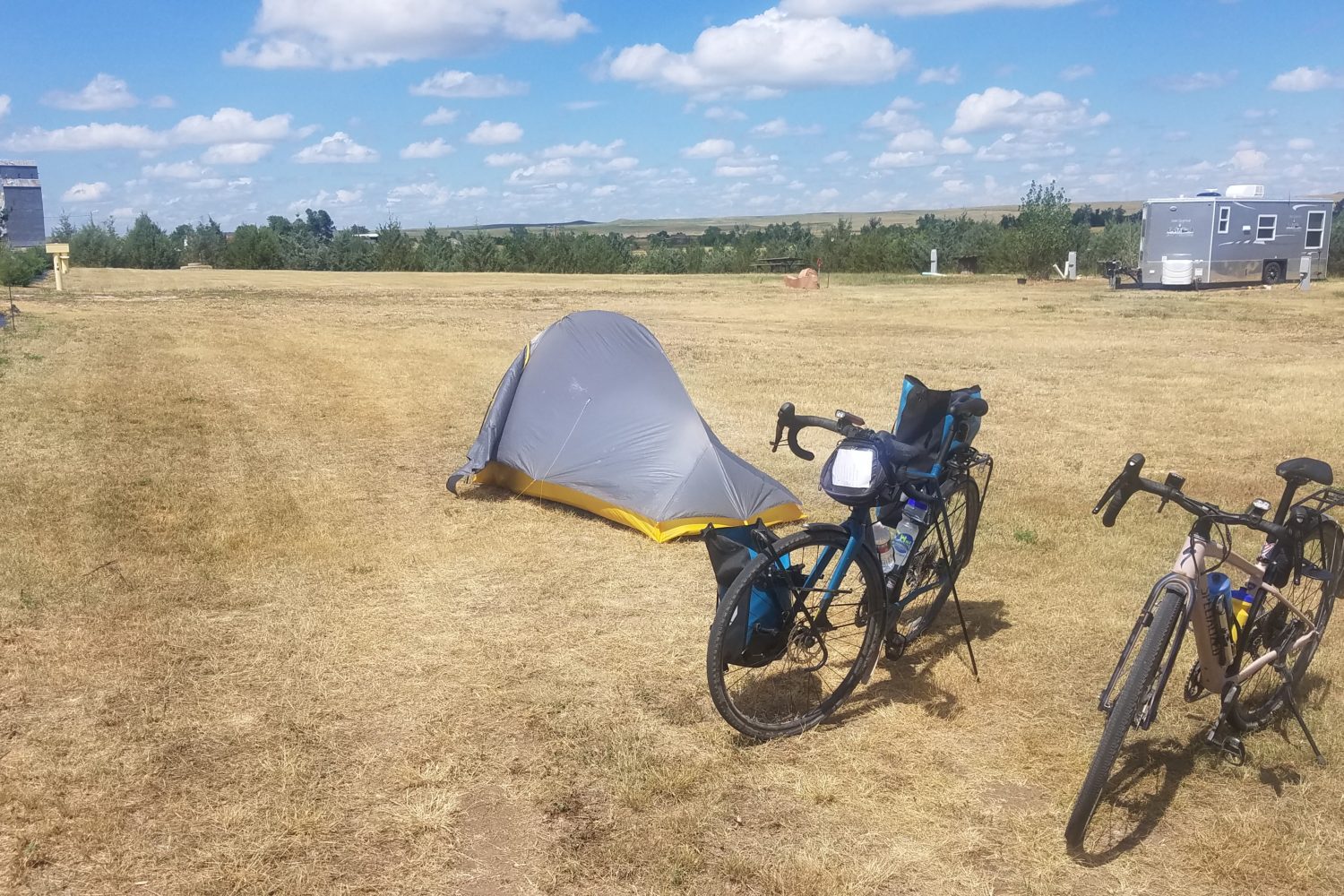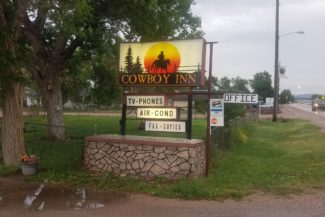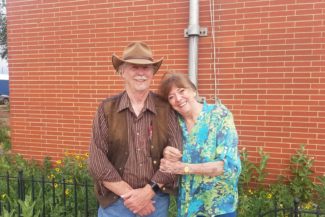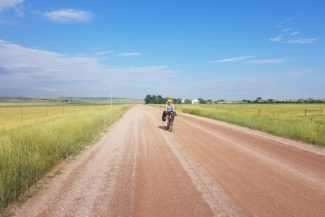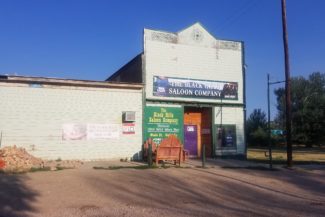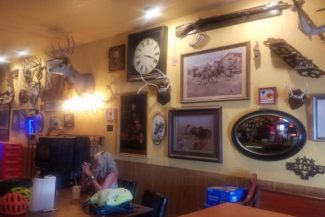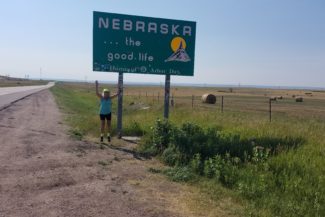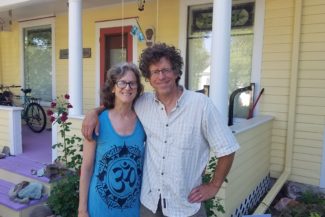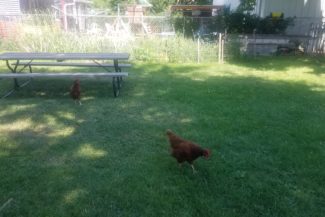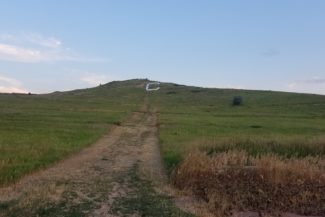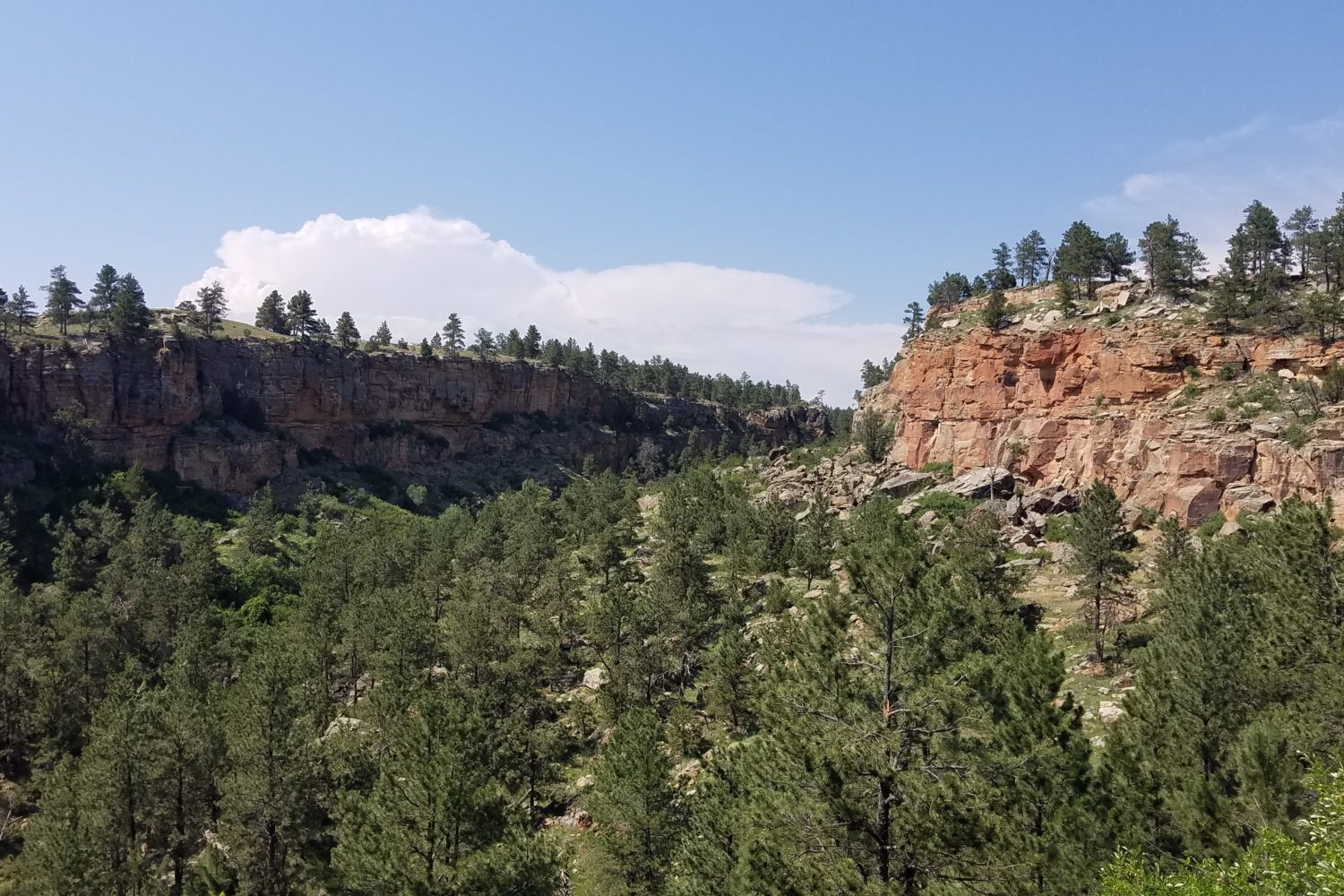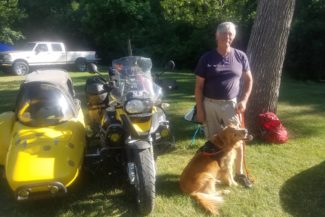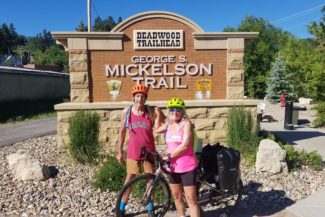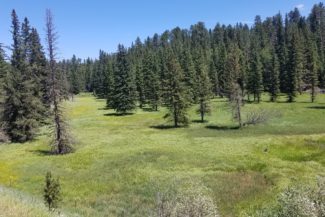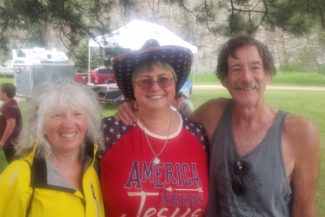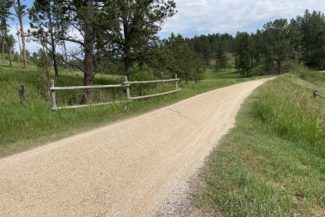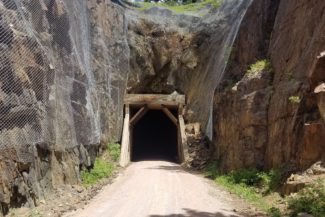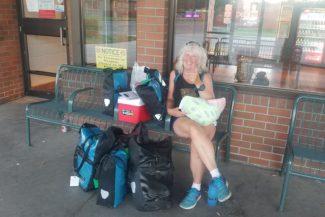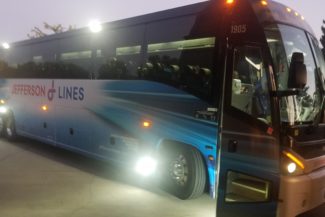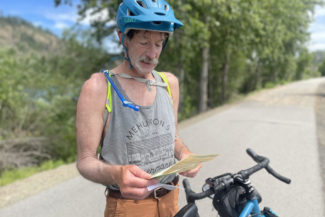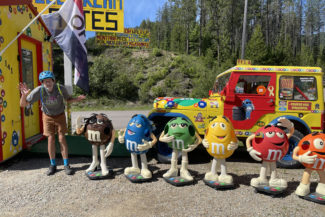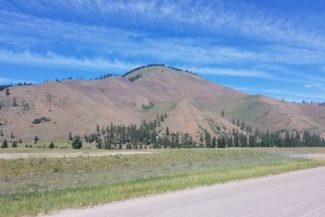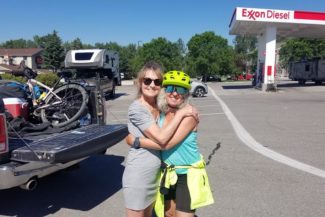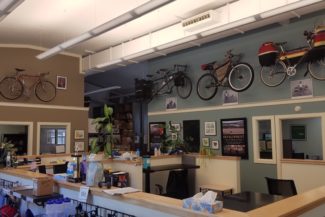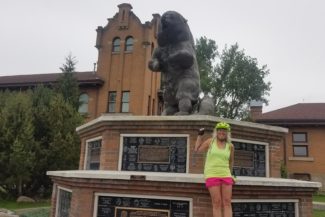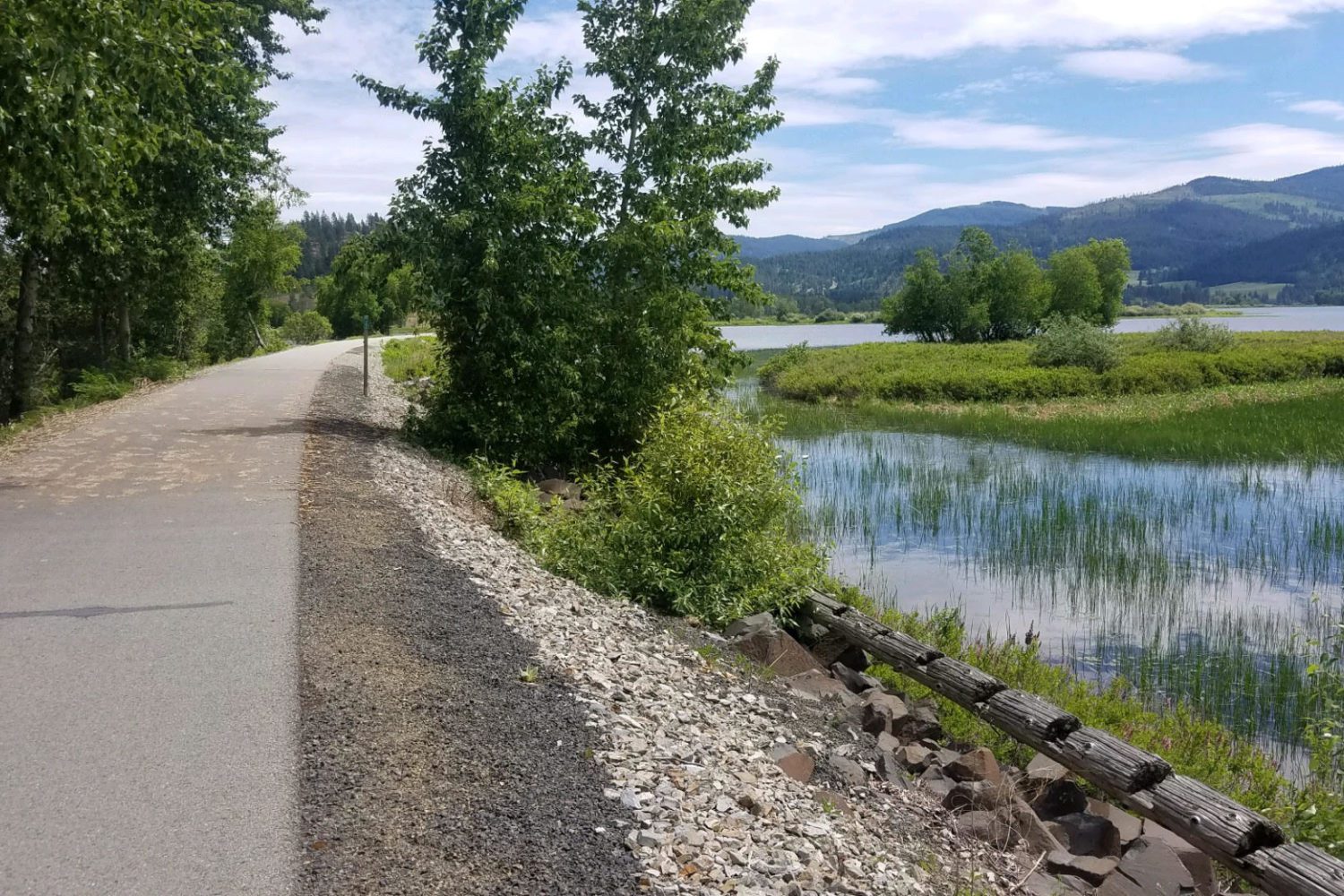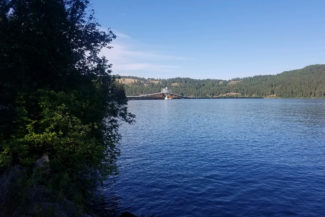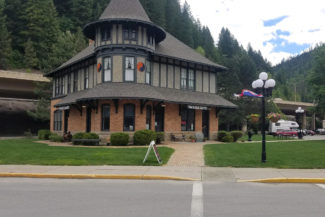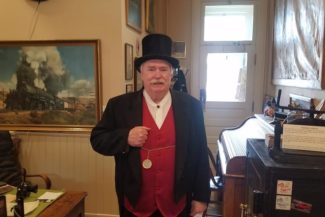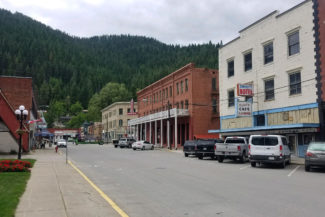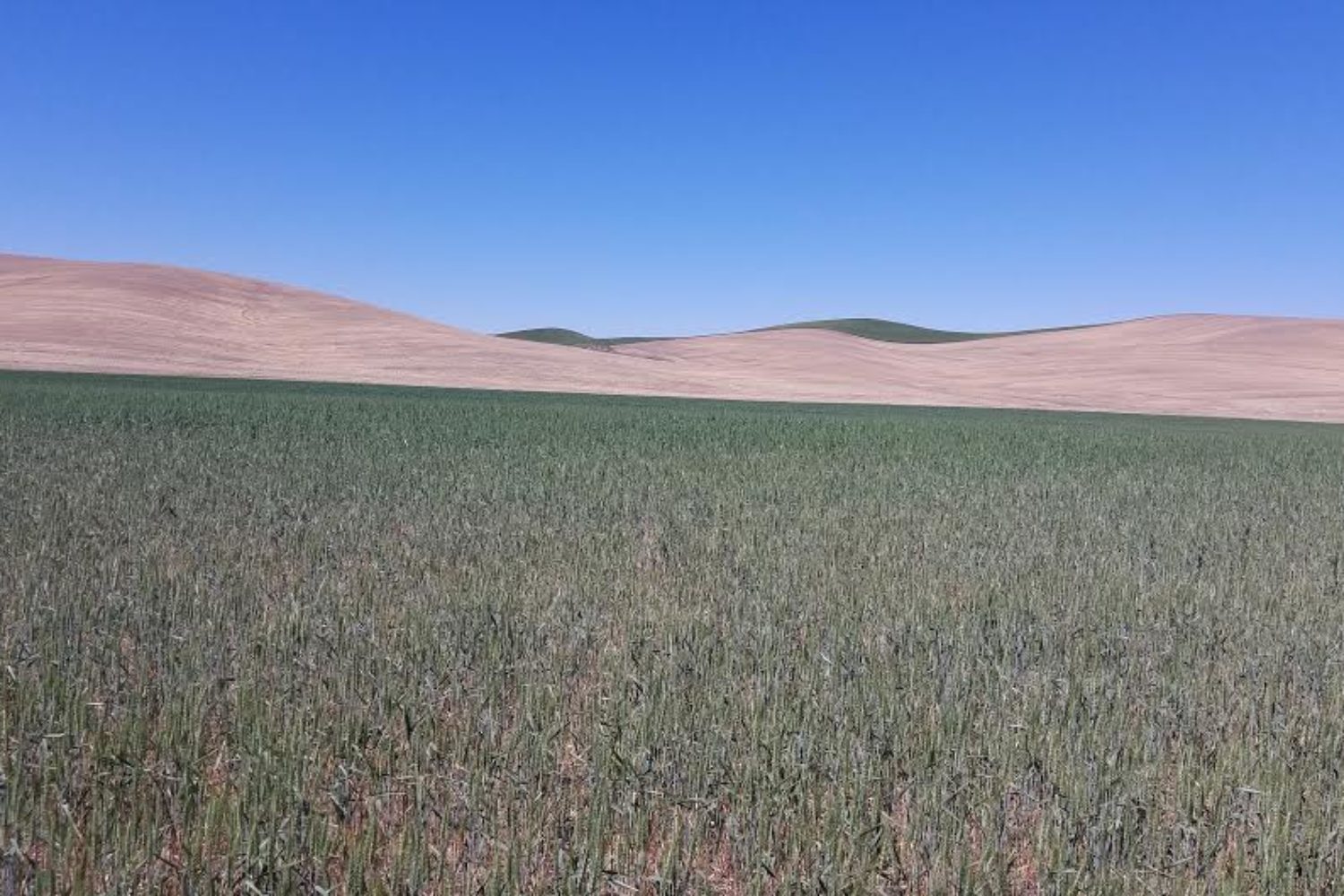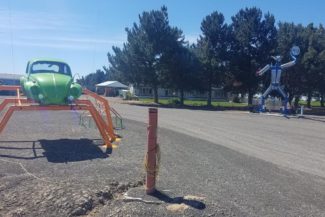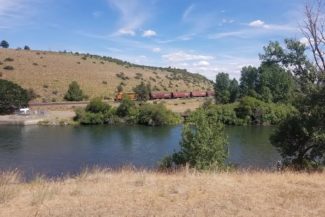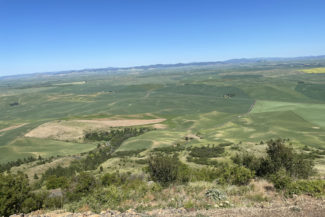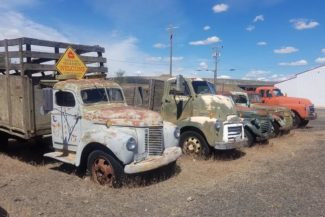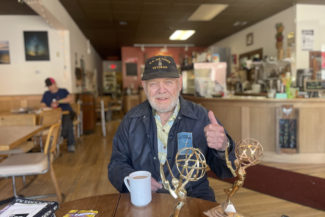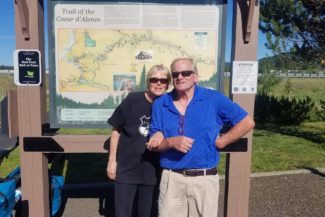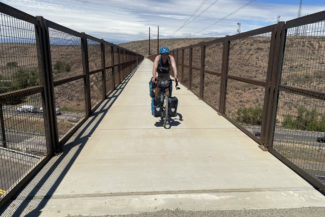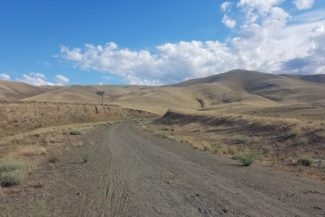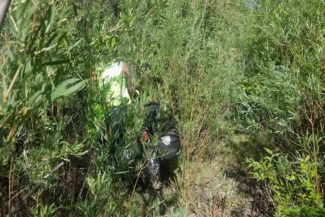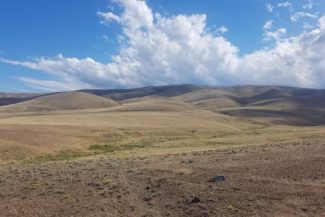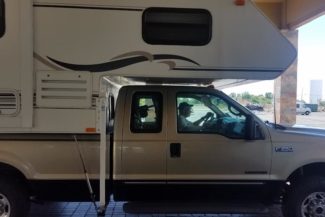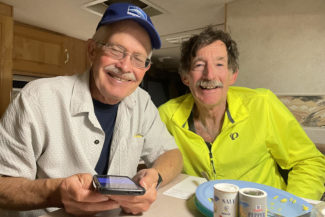Over the past six days we have cycled some 250 miles in Iowa and experienced all kinds of extremes including the terrain and the trails. Iowa takes bicycling seriously (it is the birthplace of the annual RAGBRAI, the Register’s Annual Great Bicycle Ride Across Iowa), now in its) and the state has invested heavily in creating some very fine trails.
Most of which we have travelled have been paved, unlike almost every other state, but during our ride from Woodward, we began on a lovely concrete trail which turned to crushed limestone which turned into a grassy trail with a foot path.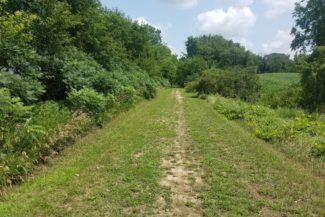
And then there are the roads. We have thoroughly enjoyed some beautiful paved roads, where we have made good time and also suffered through some miserable gravel roads where the loose stone has forced us to unclip our shoes and, in some cases, forced a dismounting from our bicycles. Unlike the gravel roads in other states, where small stone is spread over the road surface, Iowa spreads one-inch stone diameter stone, which is problematic for bicycles. After encountering another one of these roads again today, we quickly found the nearest paved road, did a detour, and have sworn off any more gravel roads in Iowa.
We cycled on the High Trestle Trail, the Heart of Iowa Nature Trail, the 30/330 Trail and the Linn Creek Trail, all of which are on the Great American Rail Trail. The main attraction of the High Trestle Trail is a 13-story high bridge that traverses the Des Moines River just east of Woodward. This trestle is the icon of Iowa’s bicycle trail system. Originally built by the Union Pacific Railroad, when they moved their tracks further north, they pulled the trestle, leaving the piers but no way across the river. After years of raising funds and state appropriations, the $15 million-dollar trestle pays specific tribute to Des Moines coal miners, as the sculptures within the bridge represent the tunnels coal miners traveled through and the blue lights which appear at nightfall represent the coal miners’ lights. Crossing that bridge was certainly a high point of our journey!
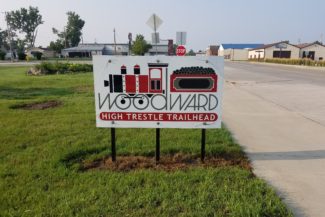 Yesterday, we travelled 65 miles, from Woodward to Marshalltown, a city of 27,000 people. It was a darn good thing that out legs held up as there was virtually nothing for services between those two towns. We visited downtown Marshalltown, which has the look of a very traditional USA downtown that all of us baby boomers experienced as kids. It also has a very stately City Hall, with a high clock tower that is undergoing renovations. And then planning on a short 25-mile ride to Wolf Creek Recreation Area, things changed. As we were studying our Iowa map, to make sure we were following paved roads, a friendly couple stopped their car to ask if we needed help.
Yesterday, we travelled 65 miles, from Woodward to Marshalltown, a city of 27,000 people. It was a darn good thing that out legs held up as there was virtually nothing for services between those two towns. We visited downtown Marshalltown, which has the look of a very traditional USA downtown that all of us baby boomers experienced as kids. It also has a very stately City Hall, with a high clock tower that is undergoing renovations. And then planning on a short 25-mile ride to Wolf Creek Recreation Area, things changed. As we were studying our Iowa map, to make sure we were following paved roads, a friendly couple stopped their car to ask if we needed help.
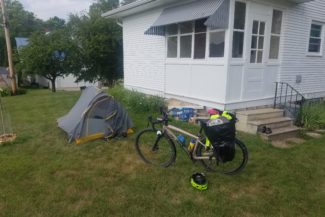 They informed us that the Wolf Creek Recreation Area was located on a gravel road, and if we wanted to head north on a paved road, we needed to go to Gladbrook. We looked at each other and agreed “not another damned gravel road.” Gladbrook certainly seemed pleasant and welcoming with large maple and oak trees lining the streets. We decided to gamble and try and find a place to set up our tent. Shevonne set off on foot to scope out the local town park and eventually ran into Sheila Lundt, who was working in her front yard. Sheila attempted to find out whether camping is allowed in the park and when there wasn’t really a solid answer, she help us she graciously offered us her back yard that is also full of peonies, a pear tree and a pussy willow tree and as she says if you dig far enough down you will find prairie grass. Thanks very much to Sheila for your generosity.
They informed us that the Wolf Creek Recreation Area was located on a gravel road, and if we wanted to head north on a paved road, we needed to go to Gladbrook. We looked at each other and agreed “not another damned gravel road.” Gladbrook certainly seemed pleasant and welcoming with large maple and oak trees lining the streets. We decided to gamble and try and find a place to set up our tent. Shevonne set off on foot to scope out the local town park and eventually ran into Sheila Lundt, who was working in her front yard. Sheila attempted to find out whether camping is allowed in the park and when there wasn’t really a solid answer, she help us she graciously offered us her back yard that is also full of peonies, a pear tree and a pussy willow tree and as she says if you dig far enough down you will find prairie grass. Thanks very much to Sheila for your generosity.
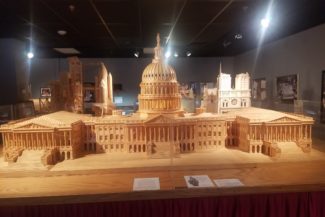 Stopping in Gladbrook turned out to be an unexpected “blessing in disguise.” Once again, we bumped into the same couple who had directed us toward paved roads earlier and they suggested we walk to the local 4H fair which we did. And unbelievably, in a town that once saw better times, we discovered Matchstick Marvels, an exhibition featuring models built completely out of matchsticks. Pat Acton, has been creating replicas the Iowa Governor’s Mansion, the US Capitol, Notre Dame de Paris, spaceships, Navy ships and several animals, for over 40 years. A former career counselor, many of his creations are now part of the Ripley Believe It or Not Museums. Shevonne pointed out that he also built a replica of the Challenger.
Stopping in Gladbrook turned out to be an unexpected “blessing in disguise.” Once again, we bumped into the same couple who had directed us toward paved roads earlier and they suggested we walk to the local 4H fair which we did. And unbelievably, in a town that once saw better times, we discovered Matchstick Marvels, an exhibition featuring models built completely out of matchsticks. Pat Acton, has been creating replicas the Iowa Governor’s Mansion, the US Capitol, Notre Dame de Paris, spaceships, Navy ships and several animals, for over 40 years. A former career counselor, many of his creations are now part of the Ripley Believe It or Not Museums. Shevonne pointed out that he also built a replica of the Challenger. 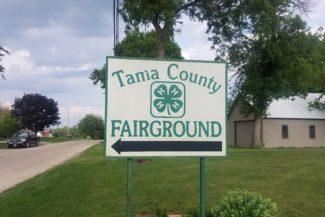
Yes indeed, it was a very good thing that Wolf Creek Recreation Area is on a gravel road!
Pat and Shevonne
Follow us as we spin our wheels


